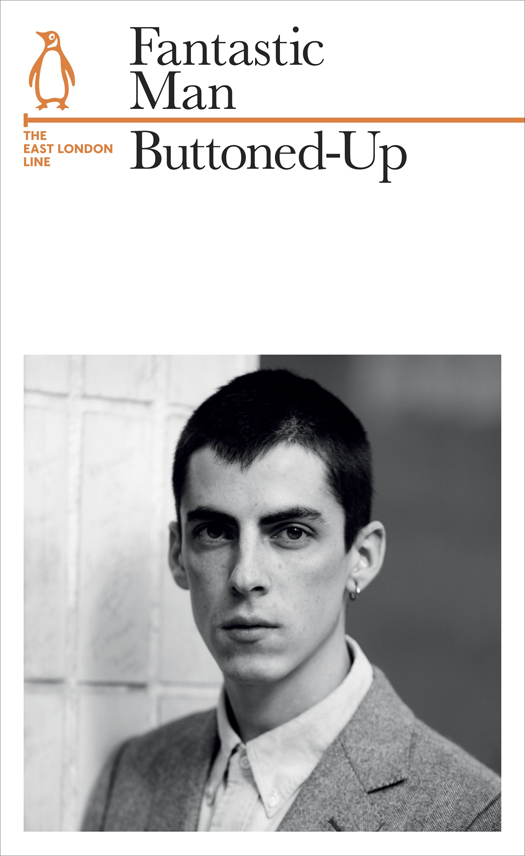For a while now, I have suffered from an acute boredom when it comes to fashion magazines. I used to buy every single magazine I could get my hands on, but now only a few will come home with me from the newsagents. As a diagnosis for this, I can only offer one explanation: I have become more of a reader rather than a viewer.
Fashion magazines have always been more about imagery than writing, but it seems to me that this is even more so now. The glossy magazines are definitely becoming glossier with bigger production values, more fantastical shoot concepts and un-wearable/unbearable clothing with very little written content beyond the few product promotions rehashed from press releases. And when a glossy magazine does a written piece, they very rarely offer anything new to the dialogues. The weekly magazines, on the other hand, are getting more and more disposable in terms of offering and quality. If anything, it is the niche market and independent publications that have something interesting to say, so long as you find a publication catering towards your niche interests of course. Hence my diet of fashion publications has been reduced to only a hand full of tried and tested mainstream magazines like Vanity Fair, which I know will fill the odd moments of boredom during the weekends with its intelligent writing and unexpected mix of topics.
There is more to choose from when venturing outside the fashion publication section. Publications like Fire and Knives (about food)[ref]Fire and Knives[/ref], Wilder Quarterly (about seasonal living)[ref]Wilder Quarterly[/ref] and my latest discovery, Kindling Quarterly (about fatherhood)[ref]Kindling Quarterly[/ref] are just a few of the examples of magazines, or rather journals, I would rather spend my time and money on. The closest fashion equivalents I can get to, would be Fantastic Man and The Gentlewoman, both by the same makers and with an intelligent take on fashion done in an accessible and polished manner. With these two publication, I know can spend a few afternoons enjoying the content.
What all of these have in common, is the bookish format they have: the emphasis is on words whilst not forgetting the importance of imagery. In general, the journal format seems to be flourishing, possibly due to the polarizing effects of the mega glossies. And although Fantastic Man is the average magazine size, the makers certainly flirt with a lot of literary references. Up until now, from a publishing perspective, I have always thought that the journal format provides the best possible bridge between the world of magazines which provide timely perspectives and books which create long lasting moments. That is until I discovered the latest offering from Fantastic Man: this comes in the shape of a book, a very small pocket book for that matter, and is titled Buttoned-Up.
Part of a series of twelve books tied to the twelve lines of the London Underground, which is celebrating 150 years, Buttoned-Up is published by Penguin. Based on the East-London line, this publication has all the elements that one would expect to find in Fantastic Man except of course advertising but presented in a book format. To start with the overall production is exquisite for the £4.99 price tag, as the book has a combination of matt paper for text and coated for imagery. The overall content is dedicated to buttoned-up shirts and the culture around it. This has been approached from a number of written and visual perspectives: a mixture of anthropology and acute observation, wrapped in ideas around subculture and geographic identity and fashion history – a perfect combination of the contemporary with its context. From front to back cover, the content is very focused around the buttoned-up shirt style, something that would be difficult to do in context of a magazine, but suits the book format well. The commitment to examining one element so thoroughly is what gives this pocket book a real sense of narrative and value.
I spent my time reading Buttoned-Up on the underground on my way to work. Whilst the book is somewhat vaguely linked to the East-London line, identifying the buttoned-up style as an East London phenomenon, the engaging content certainly made me forget about the very close proximity of all my other fellow passengers, which usually spells, and smells, discomfort. Paul Flynn’s piece ‘To Button Up’ particularly reminded me that there is still so much potential for fashion to be explored from the perspective of the wearer much in a way that Grace is doing in some of Voice Collector pieces for Address.
There is something exciting about magazines creating books, based on magazines making philosophies – and Buttoned-Up is on-brand for both Penguin and Fantastic Man. The book packaging ensures that it will end up in my library as opposed to somewhere in between the ever-piling stacks of magazines in all corners of the studio. On my bookshelves, you will find the journals as well, due to their bookish qualities. But it’s not just the format that makes me want to cherish ink and paper: it is the investment and commitment to quality, storytelling, narratives, information and imagery that makes a book or indeed a magazine worth keeping. My search for good quality reading, thought-provoking writing and beautiful visuals continues in my attempt to feed both my mind as well as my library.
 Source: Buttoned Up by Fantastic Man, published by Penguin
Source: Buttoned Up by Fantastic Man, published by Penguin

